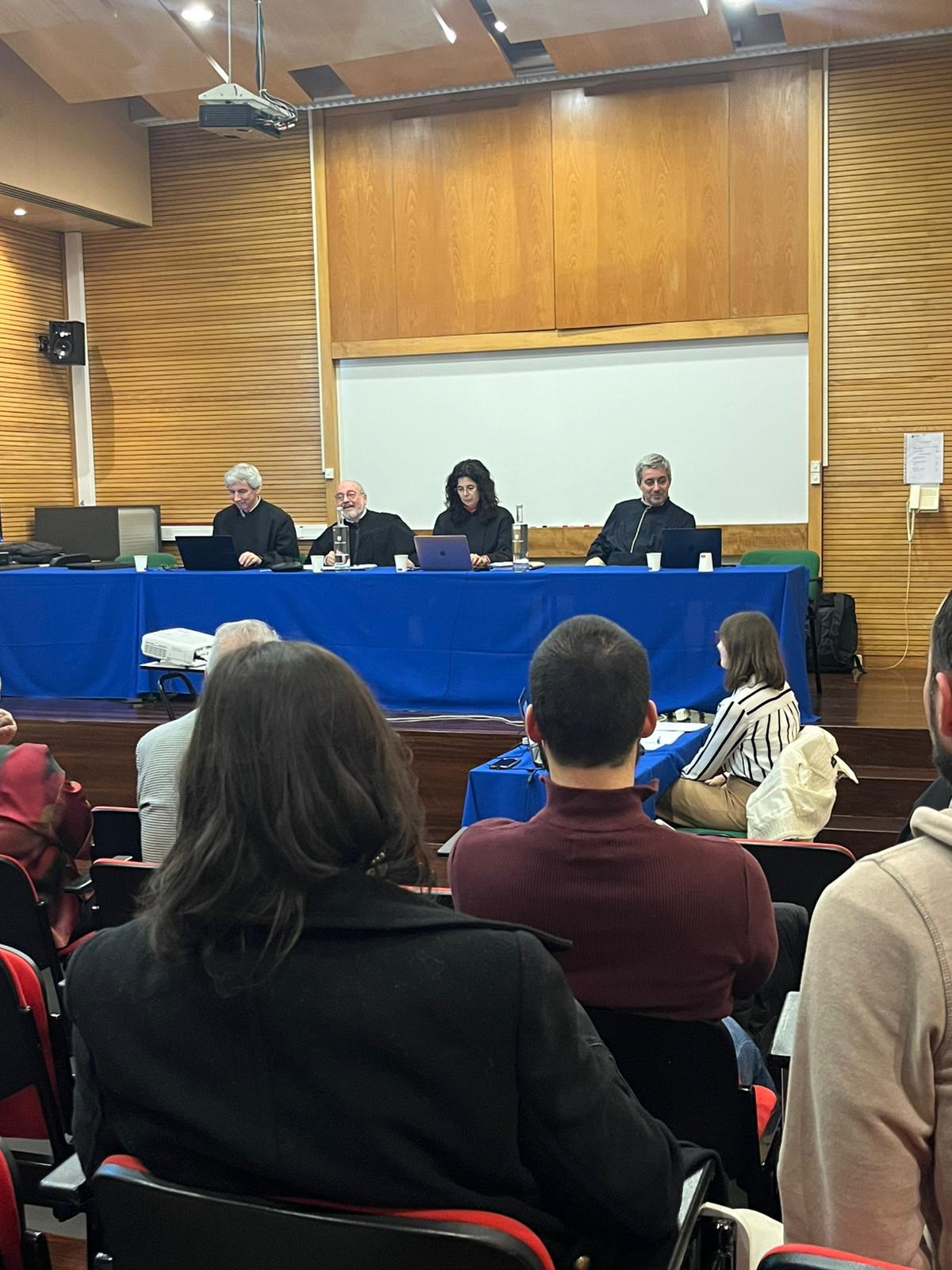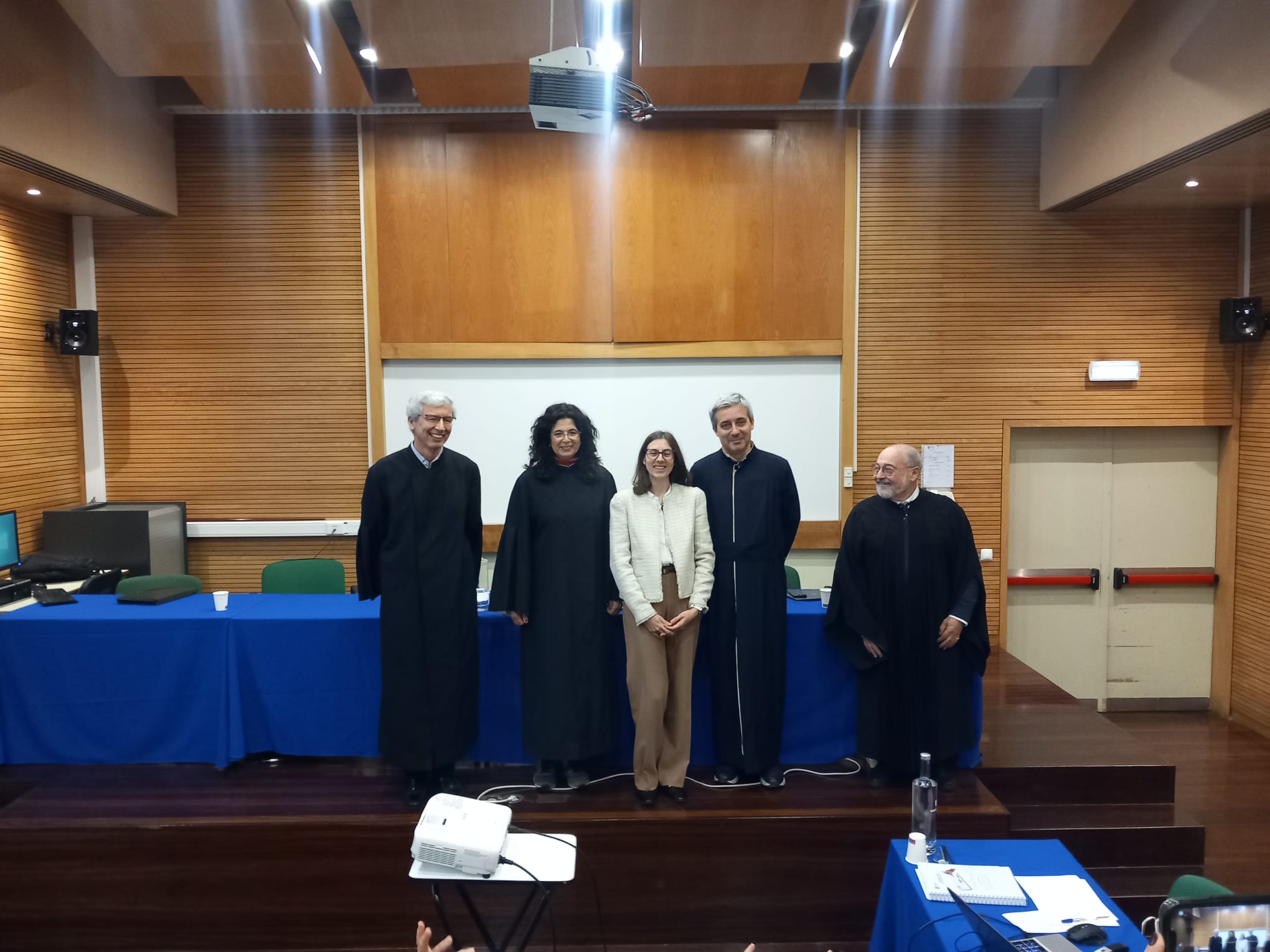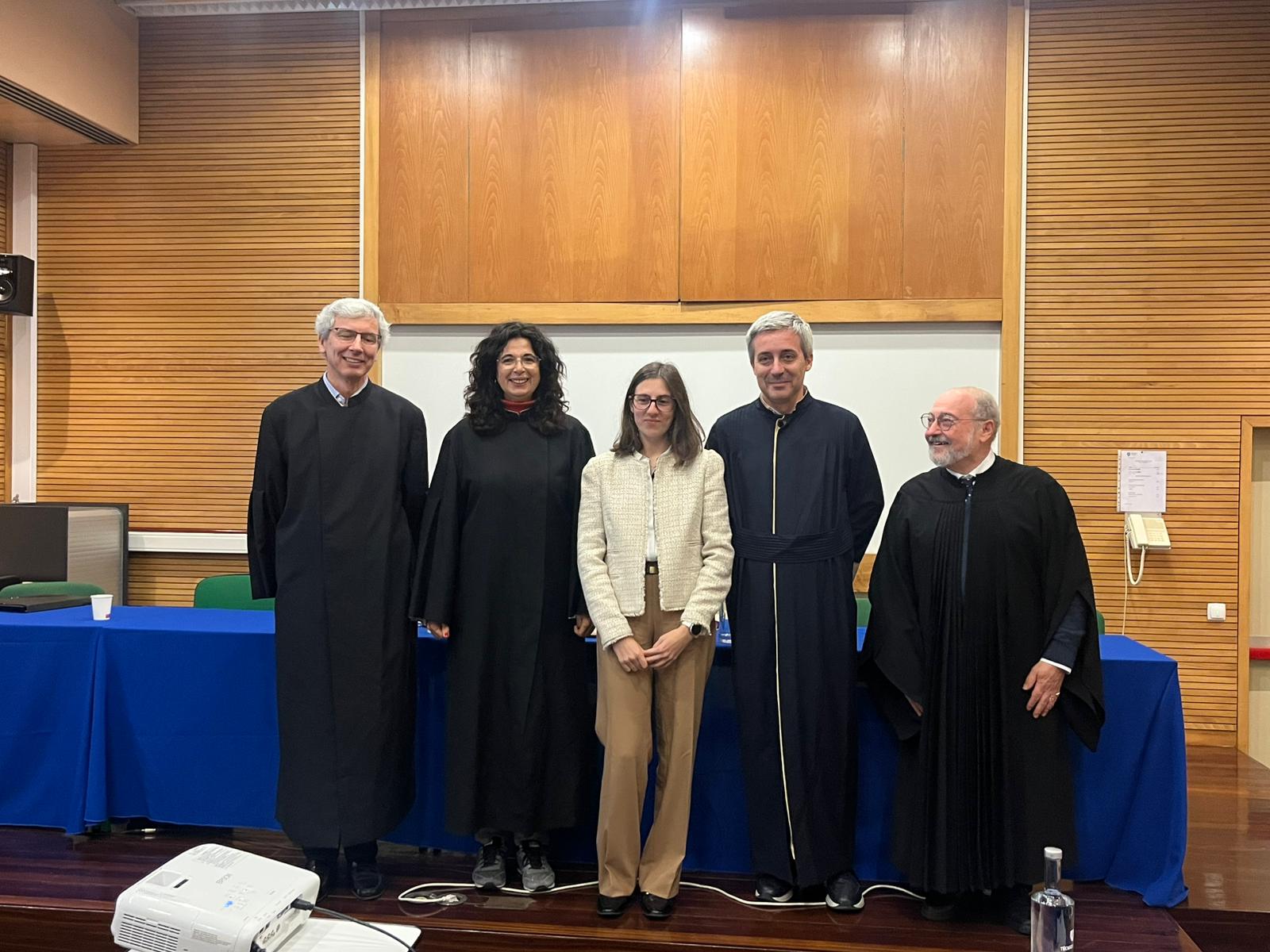Prova de Doutoramento da aluna Renata Alves Castelo Branco

Área: Engenharia Informática e de Computadores
Título da Tese: ReAD: Representational Algorithmic Design
Local da Prova: Anfiteatro PA-3 (Piso -1 do Pavilhão de Matemática) do IST
Data: 10/01/2025
Hora: 14h00
Abstract: In the last few decades, Architecture has been changing at an unprecedented rate. One major change is Algorithmic Design (AD), a design method that generates designs algorithmically. Using AD, the architect does not create the design directly but, instead, creates the program that generates the design. AD's inherent flexibility helps architects explore more design solutions, automate design tasks, integrate changes in later design stages, and promote design optimization, thus facilitating the creation of more sustainable, energy-efficient, and cost-efficient buildings. Despite its numerous advantages, AD relies on representation methods that radically differ from the ones traditionally used in Architecture. Conventional programming languages are difficult to comprehend, particularly for professionals from creative fields. Furthermore, the algorithmic description of complex building structures is difficult to represent with conventional programs alone. The Representational Algorithmic Design (ReAD) proposal aims to make AD more akin to the architectural design process by diminishing the three main difficulties practitioners encounter in the programming task: (1) the steep learning curve, (2) the difficulty in comprehending the AD program's structure and behavior, and (3) the inadequate interaction mechanisms. For each of these problems, the proposal respectively contemplates: (1) a hybrid programming system that reconciles the advantages of both visual and textual programming, (2) program visualization mechanisms tailored for the comprehension of AD programs, and (3) interaction mechanisms that elevate the current mouse-based manipulation to immersive visualizations in virtual reality. By augmenting AD with representation, visualization, and interaction mechanisms that suit the architectural practice, ReAD enables the development and maintenance of algorithmic representations of complex architectural projects in a flexible and comprehensible manner. Making AD a more accessible architectural representation method will allow industry to better realize AD's potential for promoting synergies between creativity and optimization.



